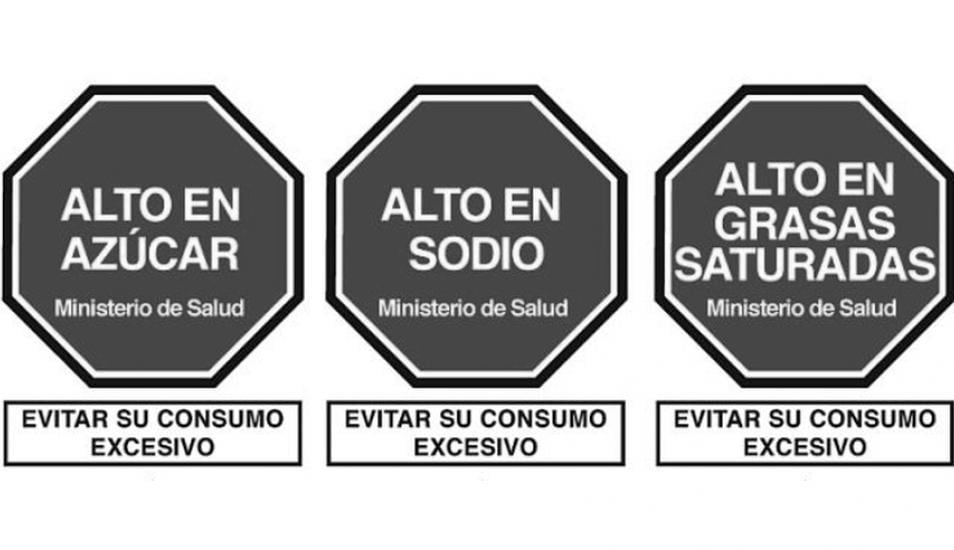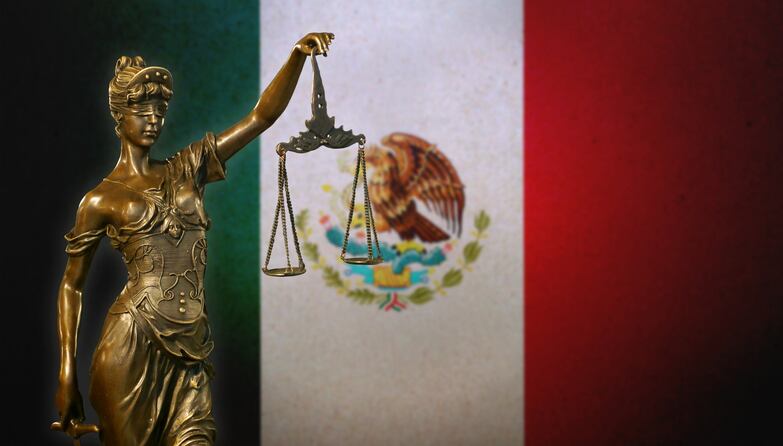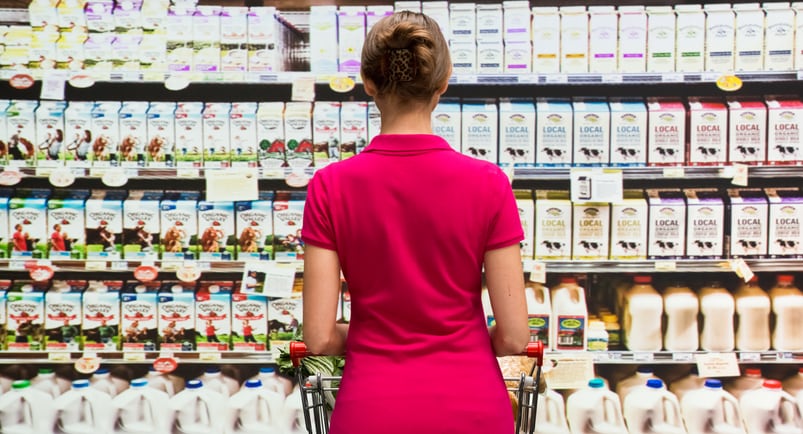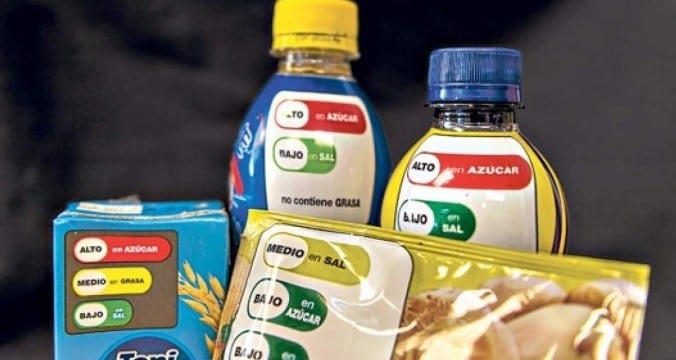The black and white nutrition labels, which must be placed in the upper right-hand part of the product’s front label, tell consumers if a product is high in salt, sugar, saturated or trans fat.
If a product has more than one warning label, manufacturers must also add the text ‘avoid excessive consumption’. A product bearing a warning label for trans fats must tell consumers ‘avoid consumption’.
The warning labels can be added onto products using adhesive stickers for the first six months, a decision that will ensure that every citizen is informed and can make healthy eating decisions, the Ministry of Health said in a statement.
“The Ministry of Health aims to safeguard the health of Peruvians by promoting a healthy diet, a fundamental task for the development, growth and well-being of children and adolescents in the country,” it added.
The legislation, which was originally approved by Peruvian legislators back in 2013, also bans the sale of food and drink products that bear warning labels in both public and private schools.
Indecopi, Peru’s trading standards and competition body, told La República that companies in breach of the regulations could face a fine of up to S/3 million (US$0.9m)
What are the thresholds?
Warning labels must be placed on:
Drinks that contain
· 100 mg or more of sodium per 100 ml
· 6 g or more of sugar per 100 ml
· 3 g or more of saturated fat per 100 ml
Foods that contain
· 800 mg or more of sodium per 100 g
· 22.5 g or more of sugar per 100 g
· 6 g or more of saturated fat per 100 g.
Trans fats are capped at 5 g per 100 g or 100 ml of total fat content.
Ready for the deadline
Many food and drink manufacturers began adding the warning labels to their products at the start of the year in anticipation of the start date.
In February, Dr Elmer Huerta, medical doctor and director of the Cancer Preventorium at Washington Cancer Institute in Washington DC, tweeted: “Congratulations to the manufacturers who are already adapting to the Healthy Eating Act.
“It is an achievement of the Peruvian public health community: community groups active for more than 10 years, legislators, health ministers (including presidents) and YOU, the public that supported the initiative despite the strong opposition of bad politicians. Good [news] for Peruvian children!”
The black and white octagonal warning labels are now mandatory in Chile, Uruguay, and Peru. Ecuador uses traffic-light style nutrition labels while policymakers in Brazil, Colombia, and Argentina are considering introducing front-of-pack labels.
Do warning labels work?
With other factors, such as food availability, affordability and advertising also playing a role in purchasing decisions, and the relatively short amount of time that such labels have been in use in other countries, the jury is still out on whether warning labels change consumers’ eating habits.
Lima-based market research company Axer Consultores carried out a survey earlier this year and found that 84% of those questioned intended to change their eating habits based on the warning labels.
According to a study published earlier this year, Chile’s warning labels, which have been in place since 2014, have improved the nations’ eating habits, particularly among mothers buying food for their children.
Other research, however, has suggested that warning labels encourage healthier purchasing decisions when they are still novel, an effect that diminishes with time as consumers get used to seeing them on-pack.




